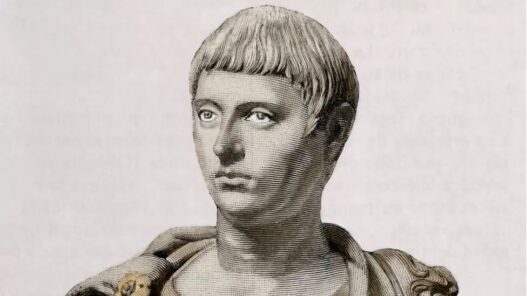In a groundbreaking move, the North Hertfordshire Museum has decided to redefine the historical narrative surrounding Roman Emperor Elagabalus, formerly known as Marcus Aurelius Antoninus. The museum will now refer to the emperor with female pronouns, recognizing Elagabalus as a trans woman. This decision is based on classical texts where the emperor once asserted, “call me not Lord, for I am a Lady.”
The museum’s spokesperson emphasized the importance of using sensitive and respectful pronouns when referring to historical figures, citing the need for inclusivity in displays. The decision to consult LGBTQ+ charity Stonewall reflects a commitment to ensuring that museum exhibits, publicity, and talks are up-to-date and inclusive.
Elagabalus, who ruled the Roman Empire for a brief four years from 218 AD to his assassination at 18 in 222 AD, has been a controversial historical figure. Known for his sexual promiscuity, Elagabalus, according to Cassius Dio, had five marriages, including one to Hiercoles, a former slave and chariot driver. In the final marriage, Dio describes the emperor as being “bestowed in marriage and termed wife, mistress, and queen.”
The debate over Elagabalus’s gender identity has long divided academics. Dr. Shushma Malik, a classics professor at Cambridge University, cautions against taking hostile historical accounts at face value, noting that effeminate language in Roman literature was often used to criticize political figures.
Despite the historical complexities, Councillor Keith Hoskins, the executive member for Enterprise and Arts at North Herts Council, points to texts like Dio’s as evidence that Elagabalus explicitly preferred the ‘she’ pronoun. Hoskins emphasizes that recognizing Elagabalus’s identification as a woman aligns with standard contemporary practices.
As discussions around gender identity in history continue, this move by the North Hertfordshire Museum opens up new perspectives on Elagabalus’s life, challenging conventional narratives and prompting a reconsideration of the language used to describe historical figures.
DailyArtNews




















